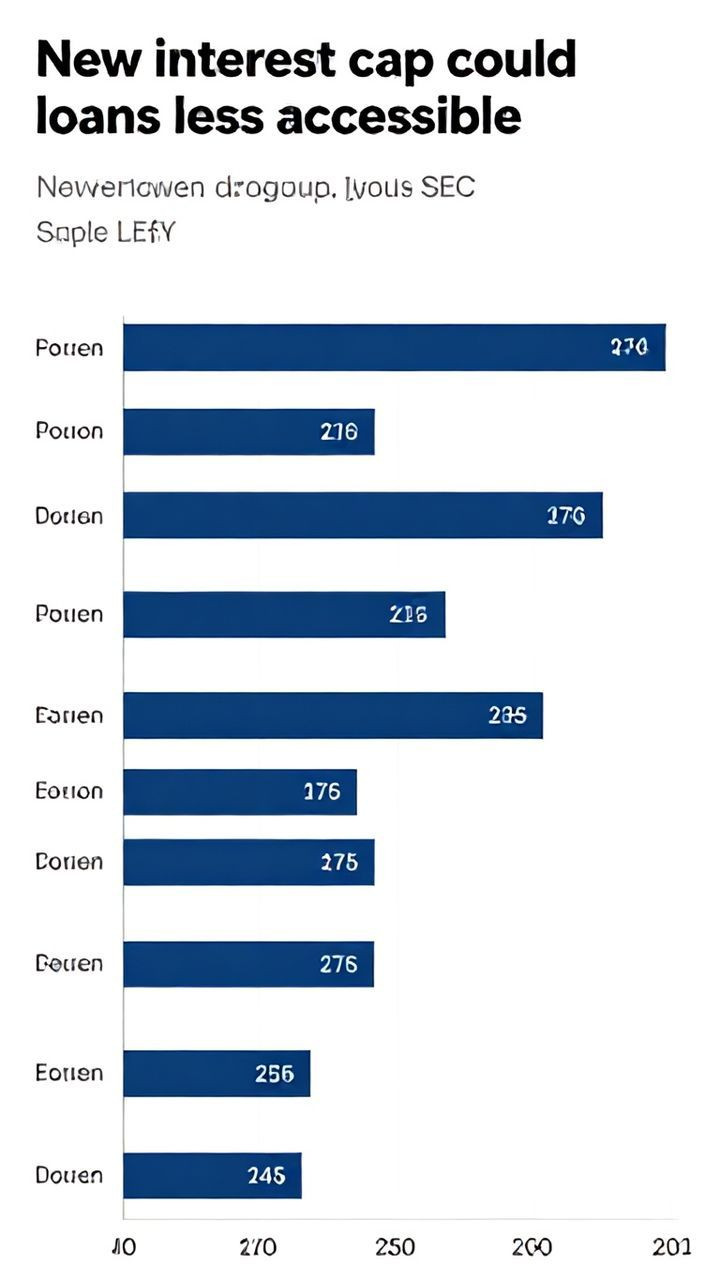
Rattling Santorini 5 Key Insights on Greece's Seismic Situation
Rattling Santorini 5 Key Insights on Greece's Seismic Situation
Rattling Santorini 5 Key Insights on Greece's Seismic Situation
Santorini, Greece's picturesque volcanic island, has been experiencing a series of significant earthquakes in recent days. As authorities work to mitigate any potential risks, here are five key insights into the situation
Key Insight #1 Intensified Seismic Activity
Between Saturday and Monday afternoon, approximately 200 earthquakes with magnitudes between 3 and 4.9 were registered near Santorini and the nearby island of Amorgos. The seismic activity began on January 24 but intensified over the weekend, characterized by increasing frequency and magnitude.
Key Insight #2 Underwater Epicenters
The fault line responsible for these earthquakes stretches approximately 120 kilometers (75 miles) in length, with only the southern part between Santorini and Amorgos having been activated. Notably, the epicenters of these quakes are located beneath the seabed, roughly 30-40 kilometers (18-25 miles) from any landmass. This is considered a positive development, as an epicenter beneath land could potentially be more destructive.
Key Insight #3 Volcanic Activity Unrelated
Scientists have reported increased volcanic activity in Santorini's caldera, but stress that this is not linked to the earthquakes. The island lies along the Hellenic Volcanic Arc, which spans from southern Greece through the Cycladic islands.
Key Insight #4 Precautionary Measures
In response to the seismic activity, authorities have dispatched rescue teams with tents, a sniffer dog, and drones to Santorini. A staging area has been set up in a basketball court adjacent to the island's main hospital. Push alerts have been sent to mobile phones warning of potential rock slides and prohibiting access to certain coastal areas.
Key Insight #5 Historical Context
Santorini is no stranger to seismic activity. The fault line currently experiencing heightened activity was also responsible for Greece's largest quake in the last century – a 7.7 magnitude temblor dubbed the Amorgos earthquake, which struck in 1956 and triggered a roughly 20-meter (65-foot) tsunami, resulting in significant damage in Amorgos and Santorini and claiming over 50 lives.
By understanding these key insights, it's clear that while the situation on Santorini is concerning, the authorities are taking necessary precautions to minimize any potential risks.






